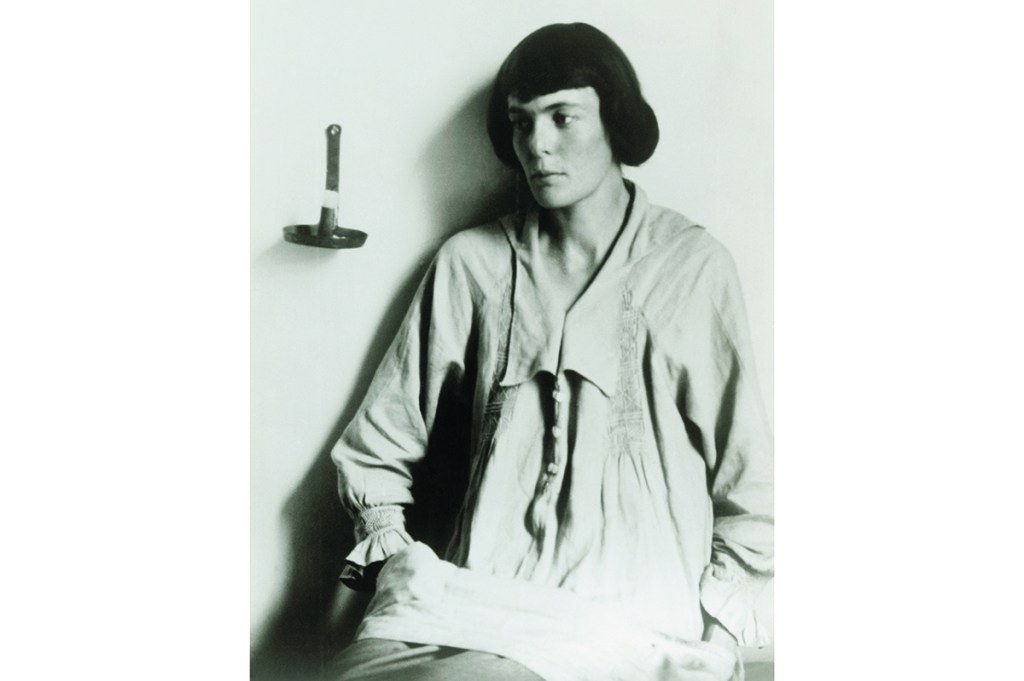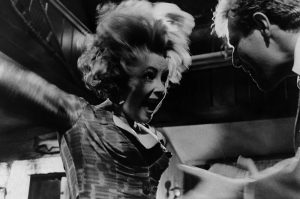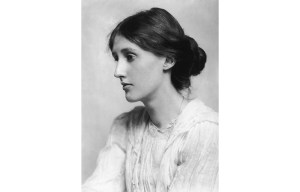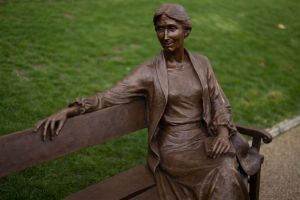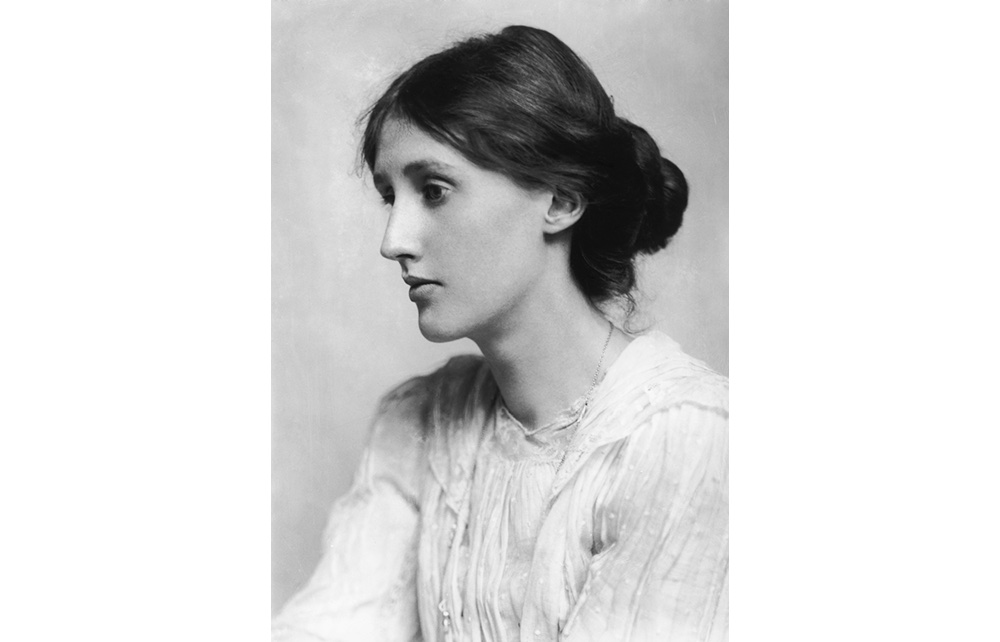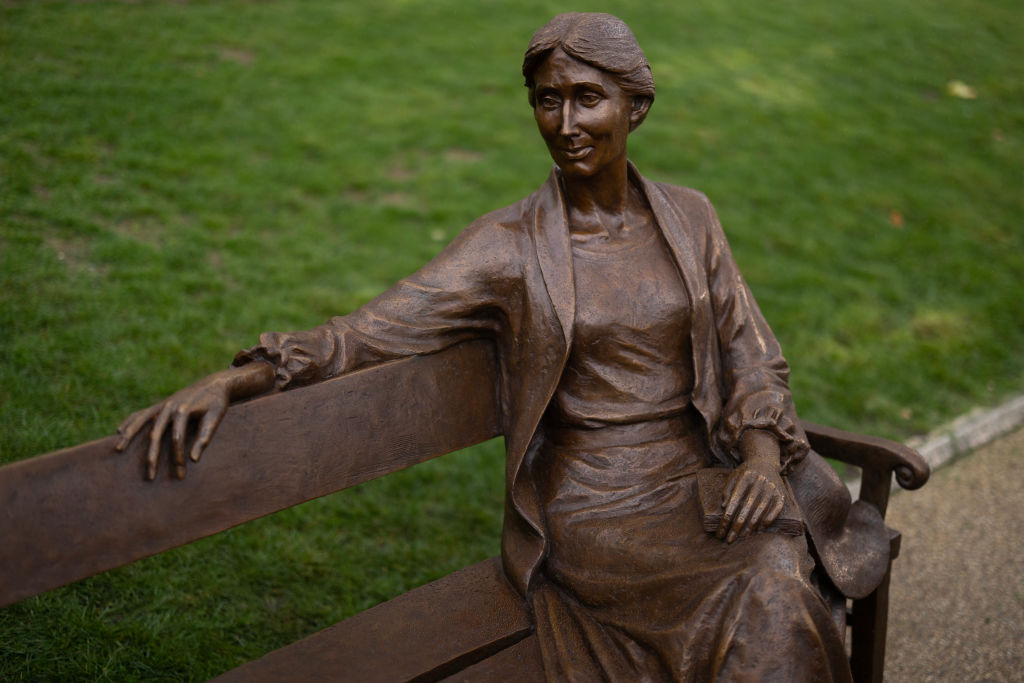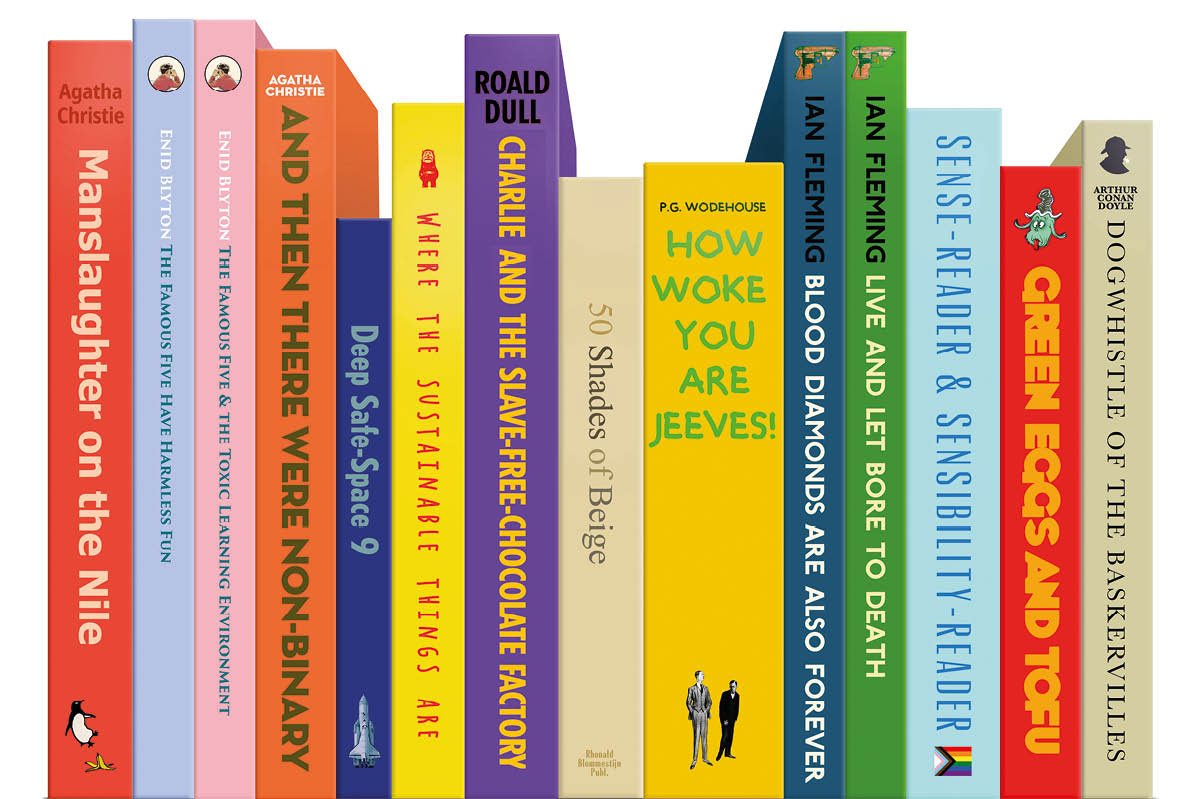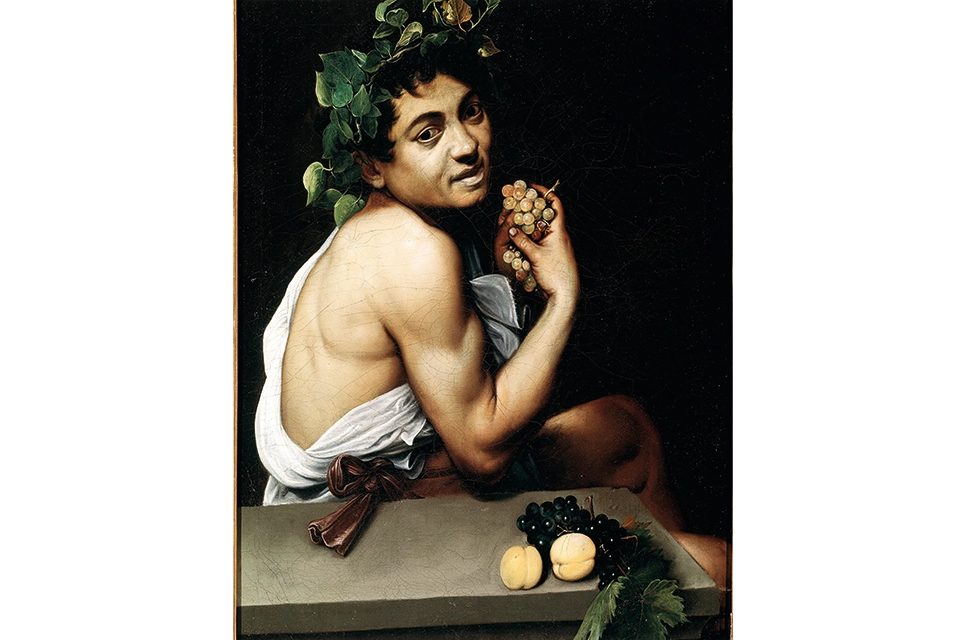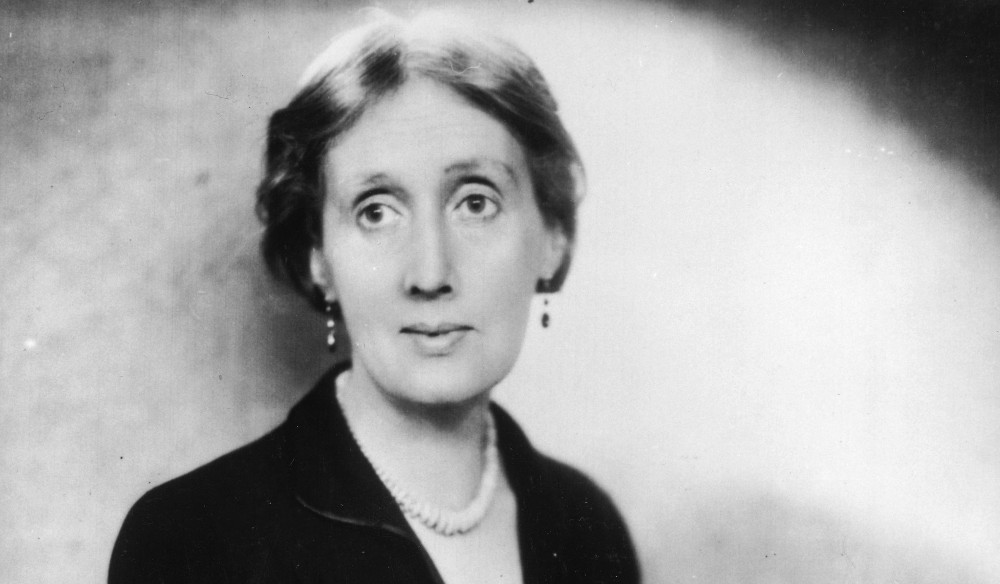The presiding genius of this original and erudite book is undoubtedly Virginia Woolf, whose essay ‘A Room of One’s Own’ provided the rallying cry, whether consciously or not, for five remarkable women, all drawn at some point in their careers to Bloomsbury’s Mecklenburgh Square. There they found the freedom and independence they craved to explore new ways of living, loving and writing. All five were ‘bluestockings’: the modernist American poet Hilda Doolittle, or ‘H.D.’; the crime writer Dorothy L. Sayers; the classicist and translator Jane Harrison; the economic historian Eileen Power; and Virginia Woolf herself, tactfully and strategically placed last, lest she overshadow her less celebrated companions.
There are many ways of threading together the subjects of a group biography, and the fortuitous alighting of these birds of passage in one obscure Bloomsbury square might at first glance seem tenuous. But, as Francesca Wade adroitly shows, the women were linked by much more than their occupation of neighboring addresses. Within a stone’s throw of the British Museum Reading Room, the University of London’s spreading embrace and the West End’s babble of theaters and restaurants, Mecklenburgh Square acted as a magnet to those keen to break the mold and prepared to be radical, creative, even downright eccentric, in order to live as they liked. It offered them ‘a room of one’s own’ which — together with an income of £500 a year (around $41,000 today) — was the key to true independence of thought, according to Woolf’s groundbreaking essay.
Part of the square’s allure, and the source of its affordability, were Bloomsbury’s shady reputation and transient population. Its gracious Georgian houses and airy squares were never entirely ‘respectable’, its boarding houses and brothels lending themselves to many a seamy scene in the stories of Jean Rhys, Katherine Mansfield and indeed Sayers, who found it ripe territory for her crime novels. Wade bookends her account with the two world wars, opening with Doolittle’s arrival in a shared boarding house at number 44 during Zeppelin raids in 1916 and closing with the Woolfs being bombed out of number 37 in the fall of 1940.
For H.D., a protégée of Ezra Pound, eager to hone her modernist writer’s voice and leave a lasting mark on literary London, her sojourn at number 44 was purgatorial. A disintegrating marriage to Richard Aldington, several unsatisfactory love affairs, the terror of further air raids and fear of artistic failure all conspired to transform her flat there from a creative refuge to ‘four walls about to crush her’. Far happier was the experience of Sayers, an altogether more robust tenant of the same rooms. By 1920, when Sayers moved in, there were no longer munitions girls from the top floor clattering downstairs to their night shifts or suffragettes scraping the burnt tops from their toast in the communal kitchen.
Wade is adept at evoking the gritty texture of the times, taking us seamlessly from the interior lives of her subjects into the world they inhabited and back again. Unmarried at the time, Sayers relished the freedom she found among the transients of the square, and it was here that she embarked on the series of crime novels that would make her a celebrity, but not before an entanglement with one of H.D.’s would-be lovers, the shady John Cournos — such were the threads binding the square’s occupants together.
Jane Harrison alighted in Mecklenburgh Square only in old age, in the late 1920s. By then she had discarded her comfortable life as a Cambridge don, was living openly with the writer Hope Mirrlees and embracing an international circle of collaborators: ‘Professors of Greek mingled warily with mournful Russian poets, and publishers and Bloomsburyites with distant Yorkshire relatives.’
Eileen Power is the wild card in Wade’s pack, a radical thinker, elegant dresser and formidably original scholar of economic history. Like Harrison, she embraced the metropolitan coterie of academics at the nearby London School of Economics. Her ‘kitchen dances’, where Fabian socialists jived with publishers and professors rubbed shoulders with civil servants, cemented Mecklenburgh Square as the lively hub of an alternative Bloomsbury set, focused on practical politics to reform society.
After moving from nearby Tavistock Square, Virginia and Leonard Woolfs’ occupation of number 37 was brief, bombs ripping their lives to pieces only a year later (the Tavistock Square house was also destroyed in the Blitz). They traded the ‘street sauntering and square haunting’ that Woolf had so loved and took refuge in rural Sussex.
Wade distills half a century of social and literary history into these five women’s lives with a marvelously light touch. This is biography as fresh and engaging as you are likely to find.
This article is in The Spectator’s April 2020 US edition. Subscribe here to get yours.



